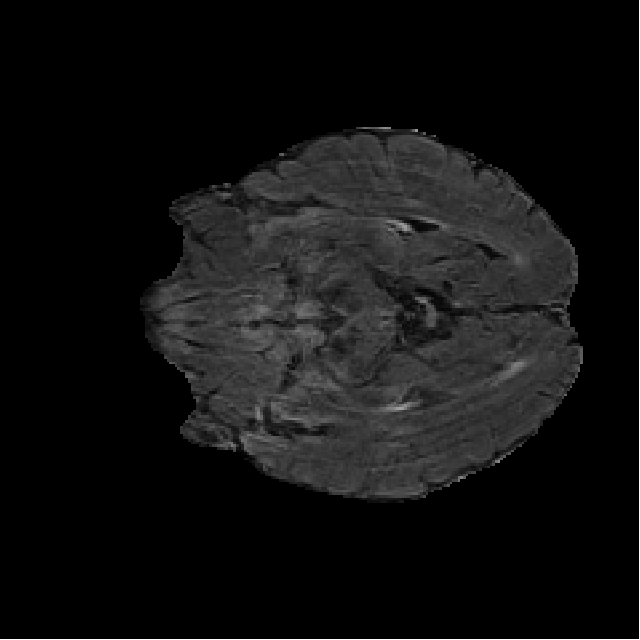Multi-step Cascaded Networks for Brain Tumor Segmentation
Automatic brain tumor segmentation method plays an extremely important role in the whole process of brain tumor diagnosis and treatment. In this paper, we propose a multi-step cascaded network which takes the hierarchical topology of the brain tumor substructures into consideration and segments the substructures from coarse to fine .During segmentation, the result of the former step is utilized as the prior information for the next step to guide the finer segmentation process. The whole network is trained in an end-to-end fashion. Besides, to alleviate the gradient vanishing issue and reduce overfitting, we added several auxiliary outputs as a kind of deep supervision for each step and introduced several data augmentation strategies, respectively, which proved to be quite efficient for brain tumor segmentation. Lastly, focal loss is utilized to solve the problem of remarkably imbalance of the tumor regions and background. Our model is tested on the BraTS 2019 validation dataset, the preliminary results of mean dice coefficients are 0.886, 0.813, 0.771 for the whole tumor, tumor core and enhancing tumor respectively. Code is available at https://github.com/JohnleeHIT/Brats2019
PDF Abstract




 BraTS 2018
BraTS 2018